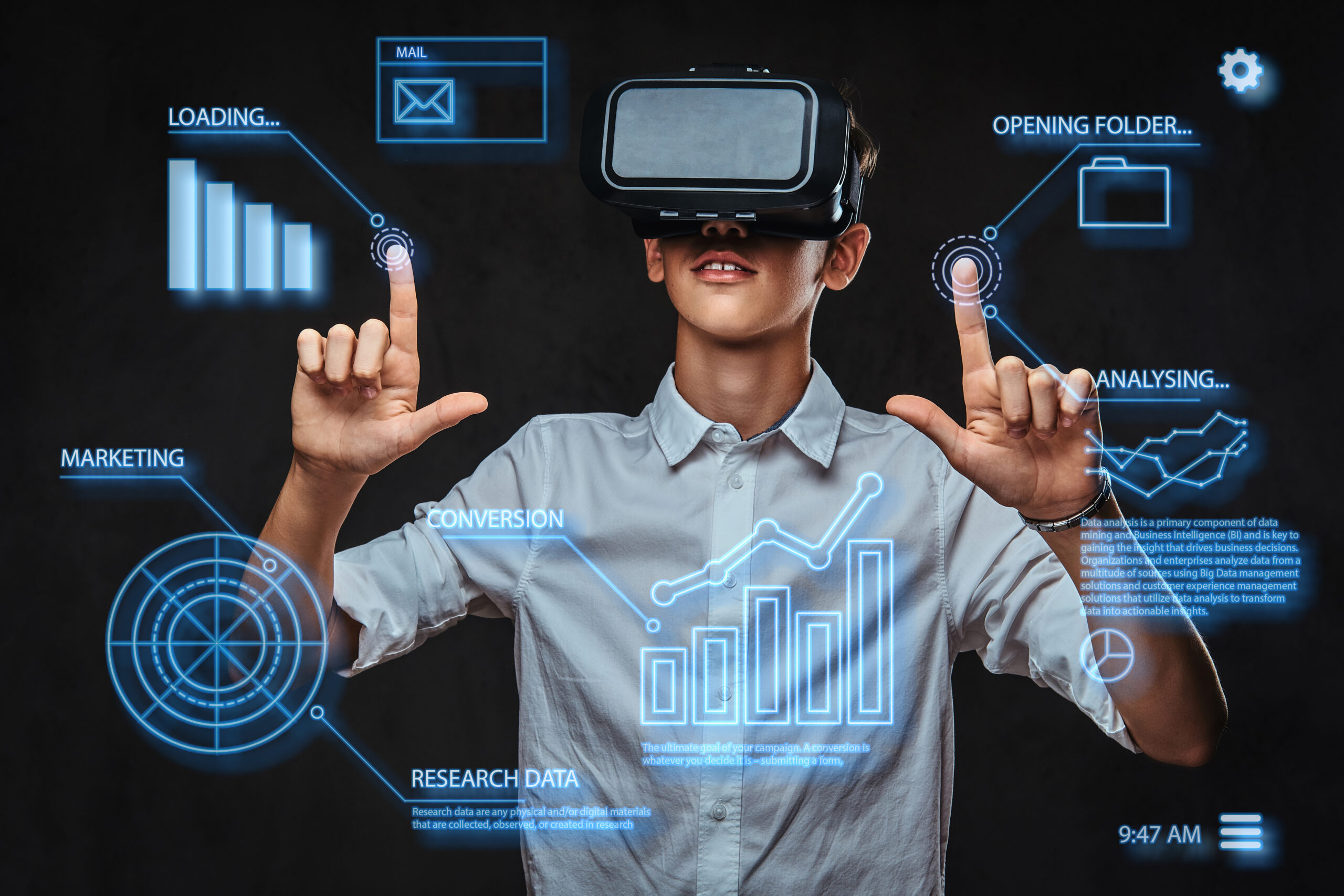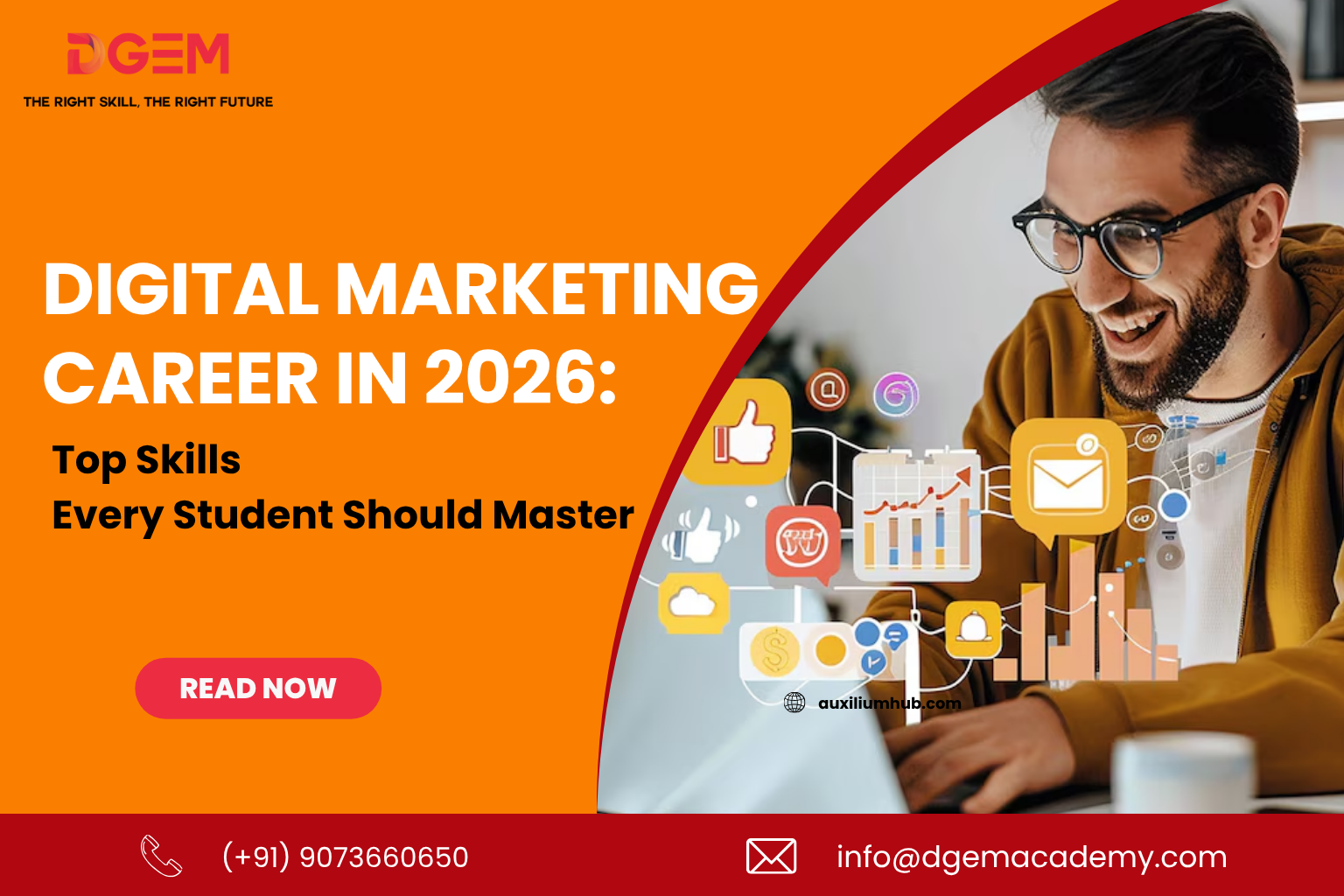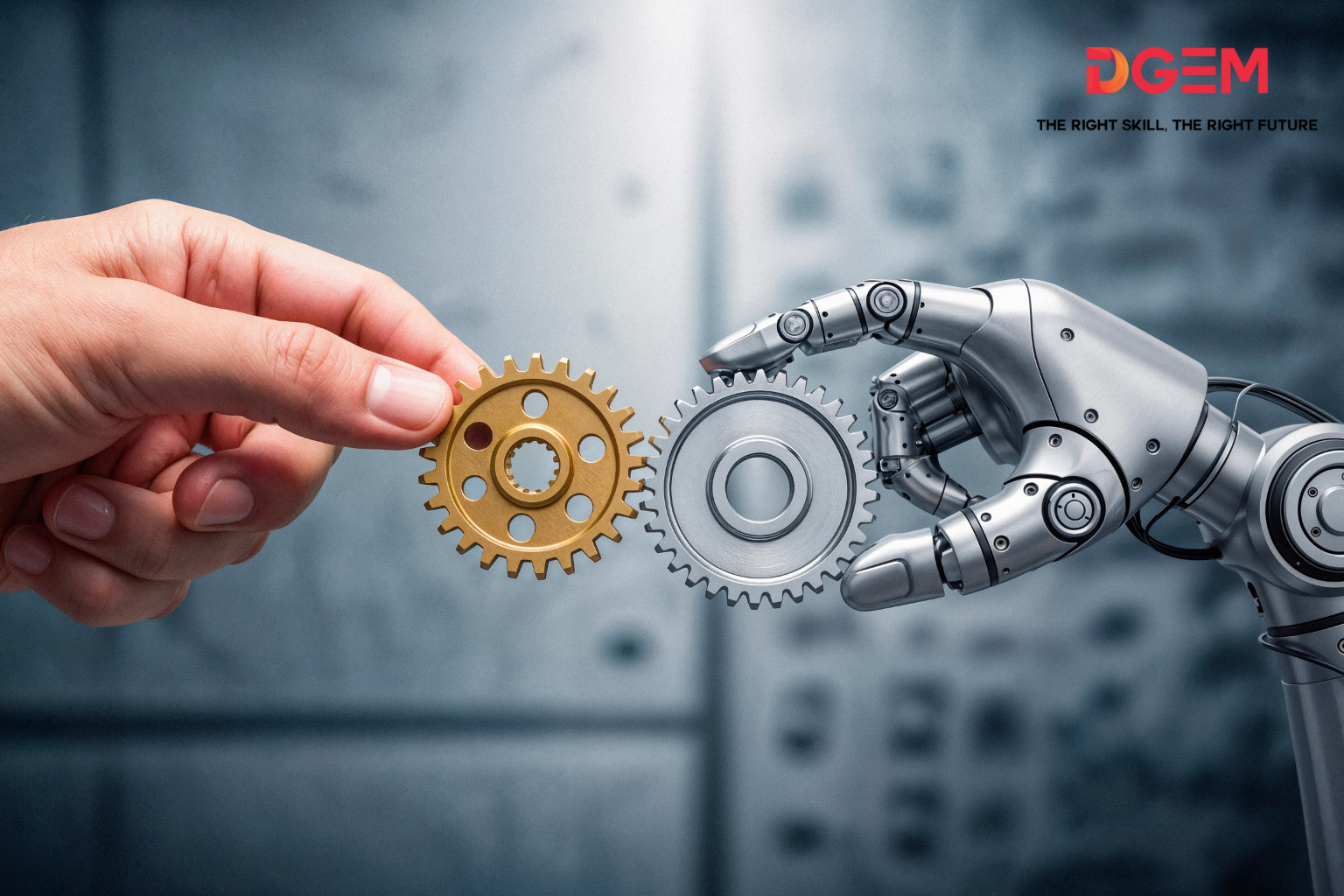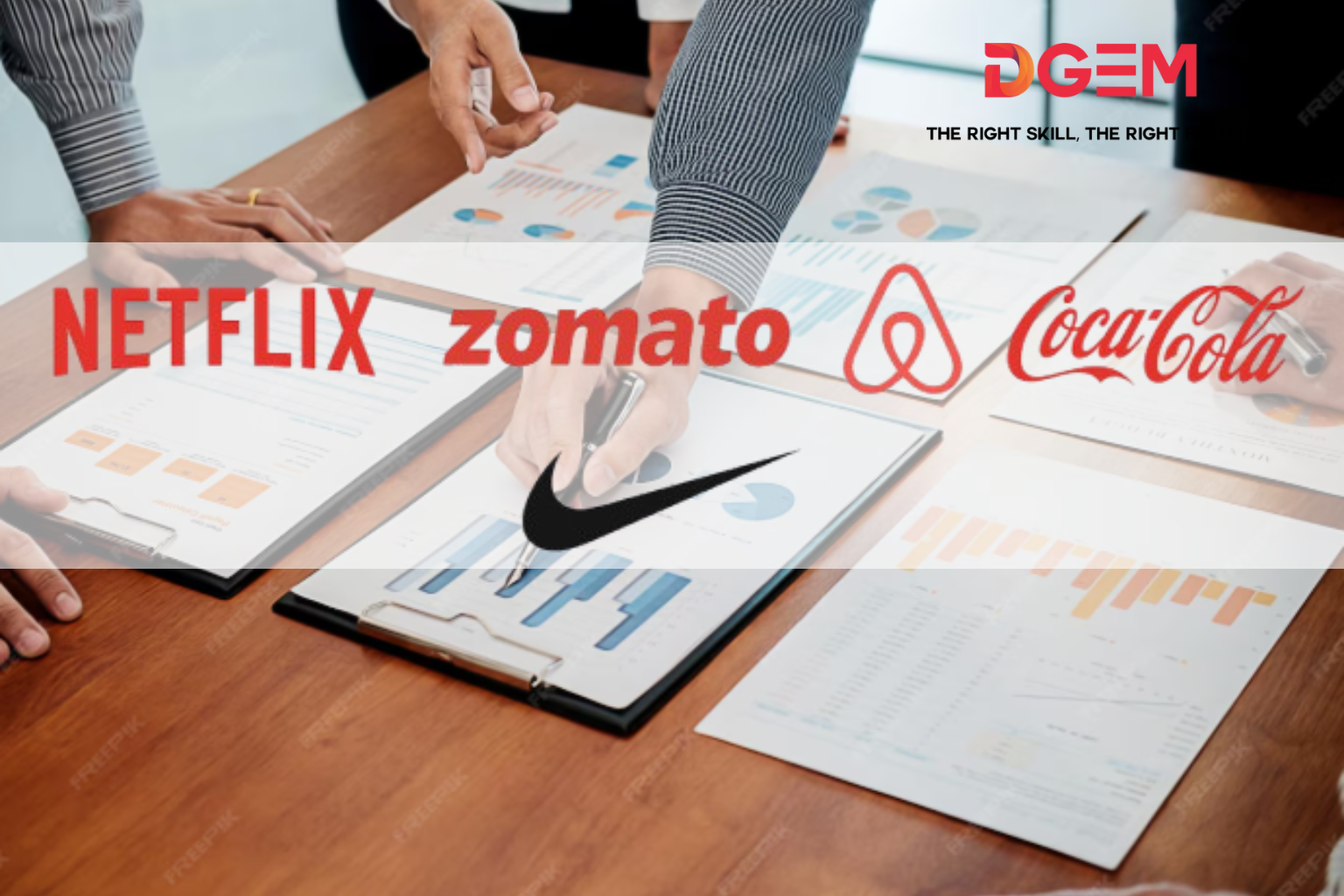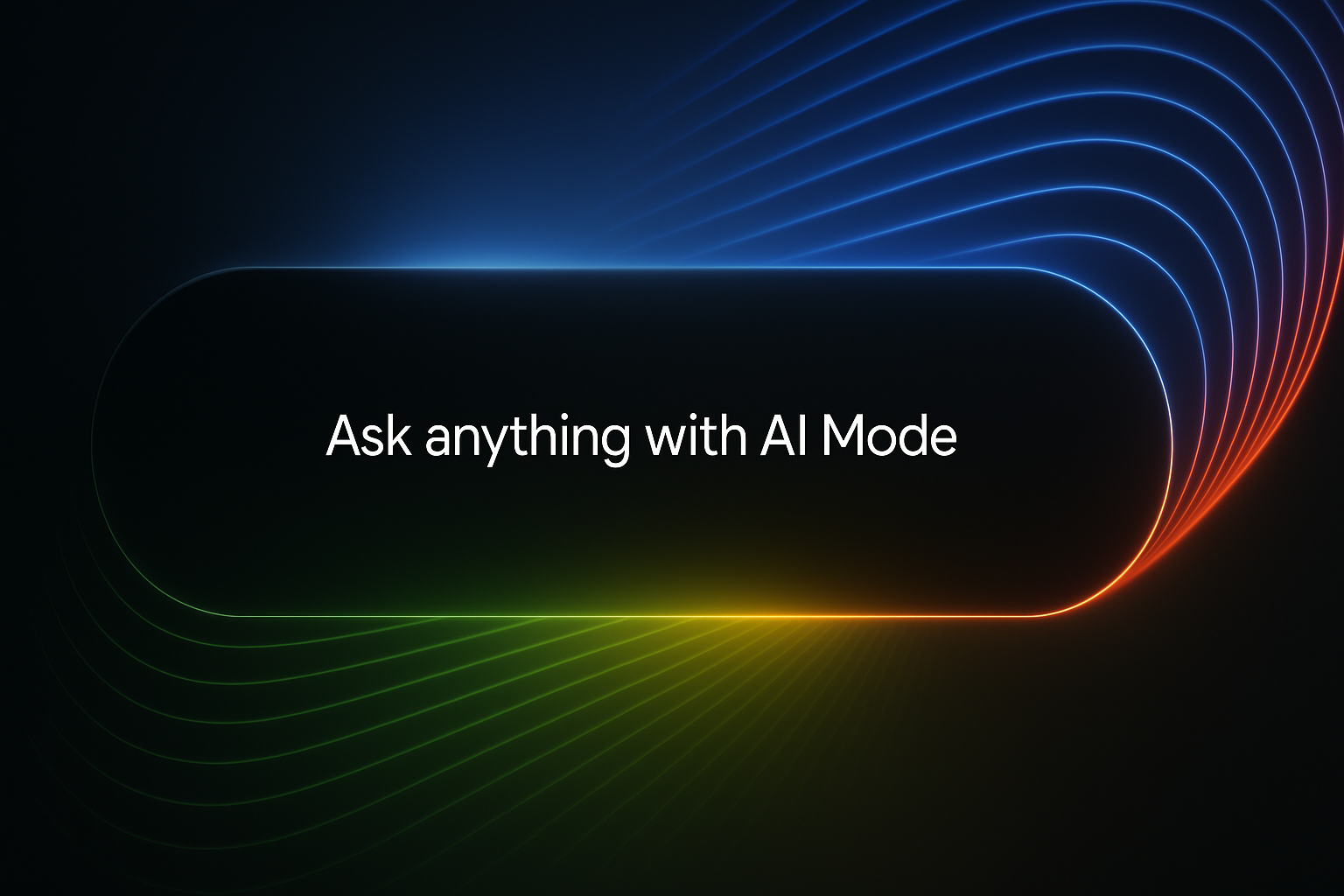Generic marketing is dead. In 2025, winning brands deliver hyper-personalized experiences—instantly recognizing and serving thousands of customers simultaneously across every website, ad, and email. That’s the magic of AI-powered digital marketing. It’s not science fiction; it’s reshaping how brands connect with audiences in 2025. Forget generic blasts—this is marketing that learns, adapts, and delivers results while you sleep.
What Exactly Is AI-Powered Digital Marketing?
Simply put, it’s using artificial intelligence to automate decisions, personalize experiences, and predict customer behavior. Think:
- Machine learning analyzes data to spot trends.
- Natural language processing (NLP) crafting human-like chat responses.
- Predictive analytics forecasting sales or churn risks.
Unlike traditional methods (think manual A/B tests or gut-feel campaigns), AI processes massive datasets in seconds. A McKinsey study found AI-driven campaigns boost sales leads by 50%+ while slashing costs.
Why AI? The Game-Changers You Can’t Ignore
→ Hyper-Personalization at Scale
AI studies user behavior (clicks, browsing history, purchase patterns) to serve tailored content. Example: Netflix’s recommendation engine drives 80% of watched content. Tools like Dynamic Yield adjust website layouts in real-time based on visitor profiles.
→ Smarter Advertising = Less Wasted Spend
Programmatic advertising powered by AI automates ad buys, targeting users most likely to convert. Platforms like Google’s Performance Max use AI to optimize bids across YouTube, Search, and Gmail. Result? Brands like Nestlé saw 2.3x higher ROI.
→ Chatbots That Don’t Sound Like Robots
Modern AI chatbots (e.g., Drift) handle 70% of customer queries without human help. They book meetings, recommend products, and even detect frustration—escalating issues to your team.
→ Content Creation That Doesn’t Feel Robotic
Tools like Jasper or Copy.ai generate blog outlines, social captions, and emails. But here’s my take: Use AI for drafts, not final copy. Humans add humor, empathy, and brand voice.
Traditional vs. AI-Powered Marketing: A Reality Check
| Aspect | Traditional | AI-Powered |
| Personalization | Segmented groups (e.g., “Women aged 30-40″) | Individual-level (e.g., “Sara, who browsed red sneakers”) |
| Speed | Manual analysis (hours/days) | Real-time decisions |
| Ad Spending | Fixed budgets, guesswork | Dynamic bids based on conversion probability |
| Content Optimization | A/B testing 2-3 variants | Testing 1000s of combinations autonomously |
Getting Started: No PhD Required
- Audit Your Data
AI needs clean data. Use Google Analytics 4 or Segment to unify customer touchpoints. - Pick ONE Goal to Test
Start small: Try AI email tools like HubSpot for subject line optimization. - Choose Tools Wisely
- Beginners: Canva’s AI Designer for social graphics.
- Intermediate: SurferSEO for content optimization.
- Advanced: Adobe Sensei for cross-channel automation.
- Measure Religiously
Track metrics like Customer Lifetime Value (CLV) lift or cost-per-acquisition (CPA) drops.
Pro Tip: AI isn’t “set and forget.” Review outputs weekly. I once caught an AI tool suggesting absurd emojis for a B2B client!
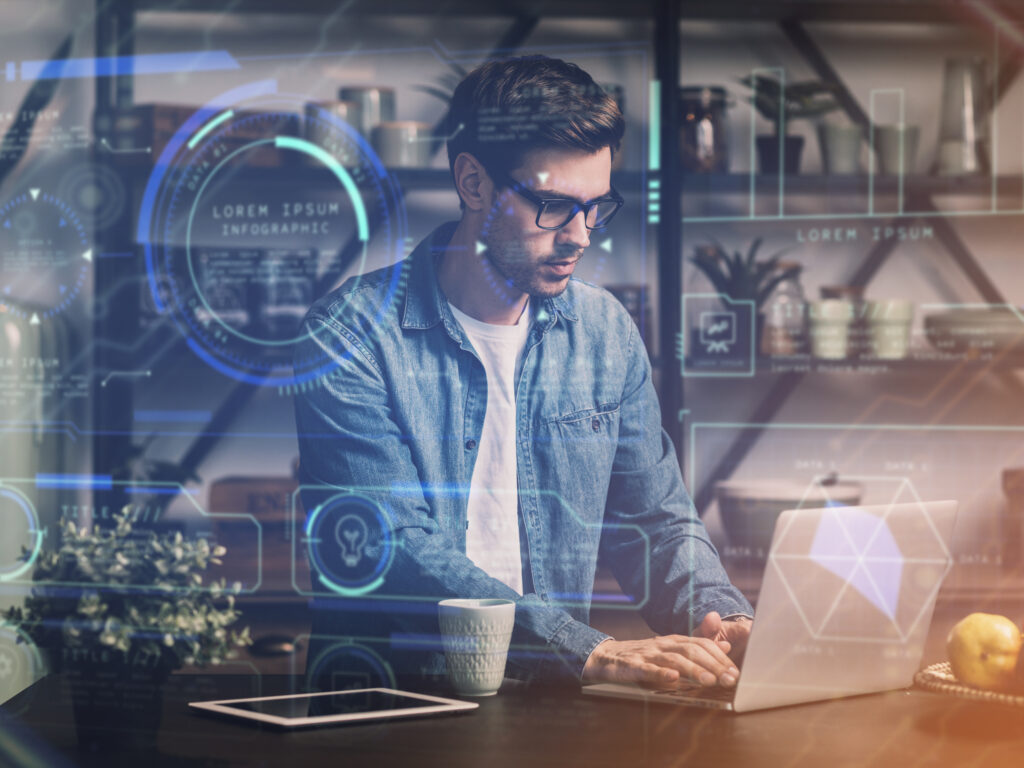
The Dark Side: Ethics & Challenges
AI isn’t perfect. Watch for:
- Bias: An AI recruiting tool at Amazon famously downgraded female candidates. Audit algorithms for fairness.
- Privacy: Always anonymize data and comply with GDPR/CCPA.
- Over-Automation: Customers still crave human connection. Use AI for efficiency, not replacement.
The Future: What’s Next?
- Voice & Visual Search: Optimizing for Alexa or Pinterest Lens.
- AI-Generated Video: Tools like Synthesia creating personalized videos from text.
- Blockchain + AI: Transparent data usage (e.g., Brave browser).
Final Takeaway
AI-powered digital marketing isn’t about replacing humans—it’s about augmenting creativity with data-driven precision. Start small, stay ethical, and focus on enhancing human relationships.
Your Move: Which AI tool will you test first? Share in the comments!
FAQs:
1. How does AI improve digital marketing ROI?
AI reduces wasted ad spend, boosts conversion rates via personalization, and automates repetitive tasks. Brands report 20-40% higher ROI (Source: Forbes).
2. What are the best AI tools for beginners?
Start with Canva (design), Grammarly (writing), or HubSpot (email). All offer free tiers.
3. Will AI replace digital marketers?
No. It handles data-heavy tasks, freeing marketers for strategy and creativity. Demand for skilled marketers grew 15% in 2024 (LinkedIn Data).
4. Is AI in marketing expensive?
Many tools (e.g., ChatGPT, Google Analytics AI) are free/low-cost. Entry-level platforms start at $20/month.
5. How does AI handle data privacy?
Reputable tools comply with laws like GDPR. Always anonymize user data and disclose AI usage in privacy policies.

